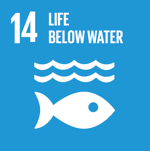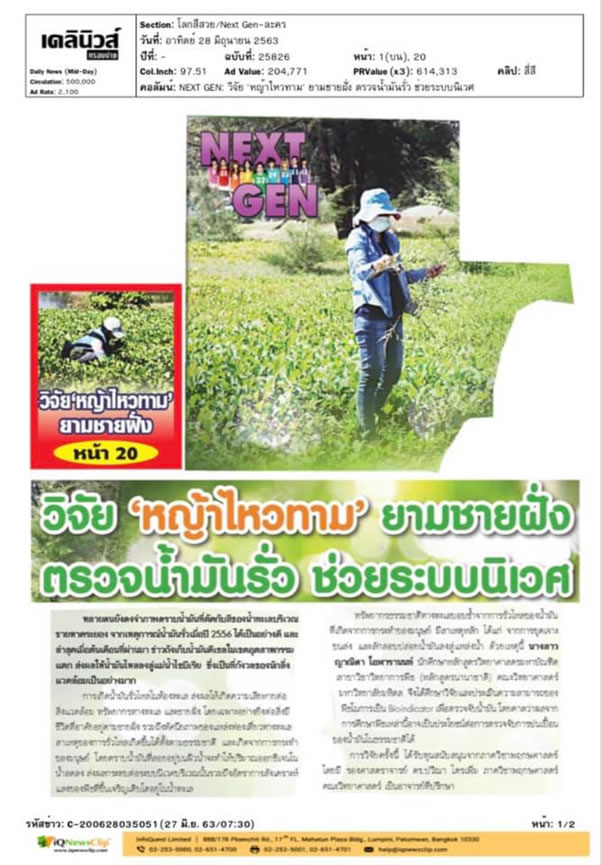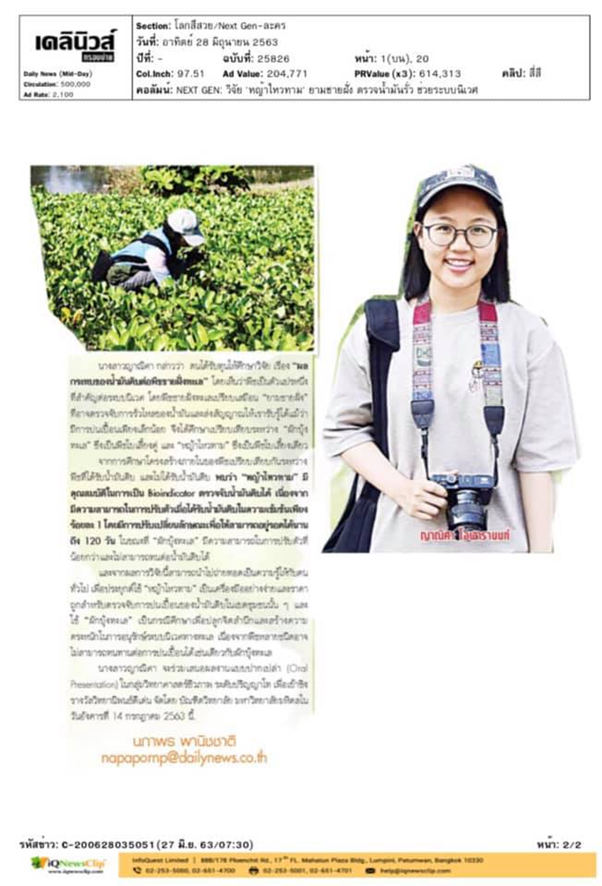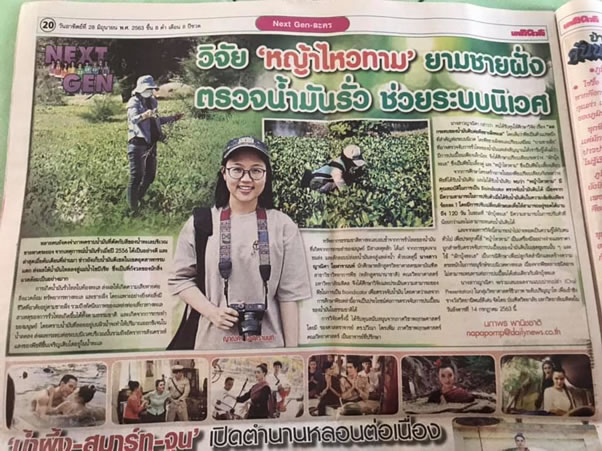
Yanisa Olaranont1,2 & Alyssa B. Stewart1 & Paweena Traiperm1
1 Department of Plant Science, Faculty of Science, Mahidol University, Rama VI Road, Bangkok 10400, Thailand
2 Department of Pharmaceutical Botany, Faculty of Pharmacy, Mahidol University, Si Ayutthaya Road, Bangkok 10400, Thailand
Oil pollution is one potential consequence of industry development, and oil contamination occurs in countries around the world. However, few studies have examined the detrimental effects of oil on plant anatomy.
The objectives of this study were (1) to determine the impacts of crude oil on the physiological and anatomical parameters of Ischaemum muticum L. (Poaceae) and (2) to examine its potential as a bioindicator of oil pollution.
Our results also indicate that I. muticum may be a suitable bioindicator species for oil pollution in the paleotropics, given its prevalence in coastal environments and its sensitivity to oil exposure. The two traits which showed the greatest response to oil contamination were adaxial stomata density and abaxial long cell width. However, as stomatal density is often influenced by multiple factors, abaxial long cell width may be the most accurate trait to assess oil contamination under natural conditions.
Financial Support
The Development and Promotion of Science and Technology Talents Project (scholarship awarded to YO) and Mahidol University (Mentorship Grant awarded to PT and ABS).
https://link.springer.com/article/10.1007/s11356-018-2808-2




